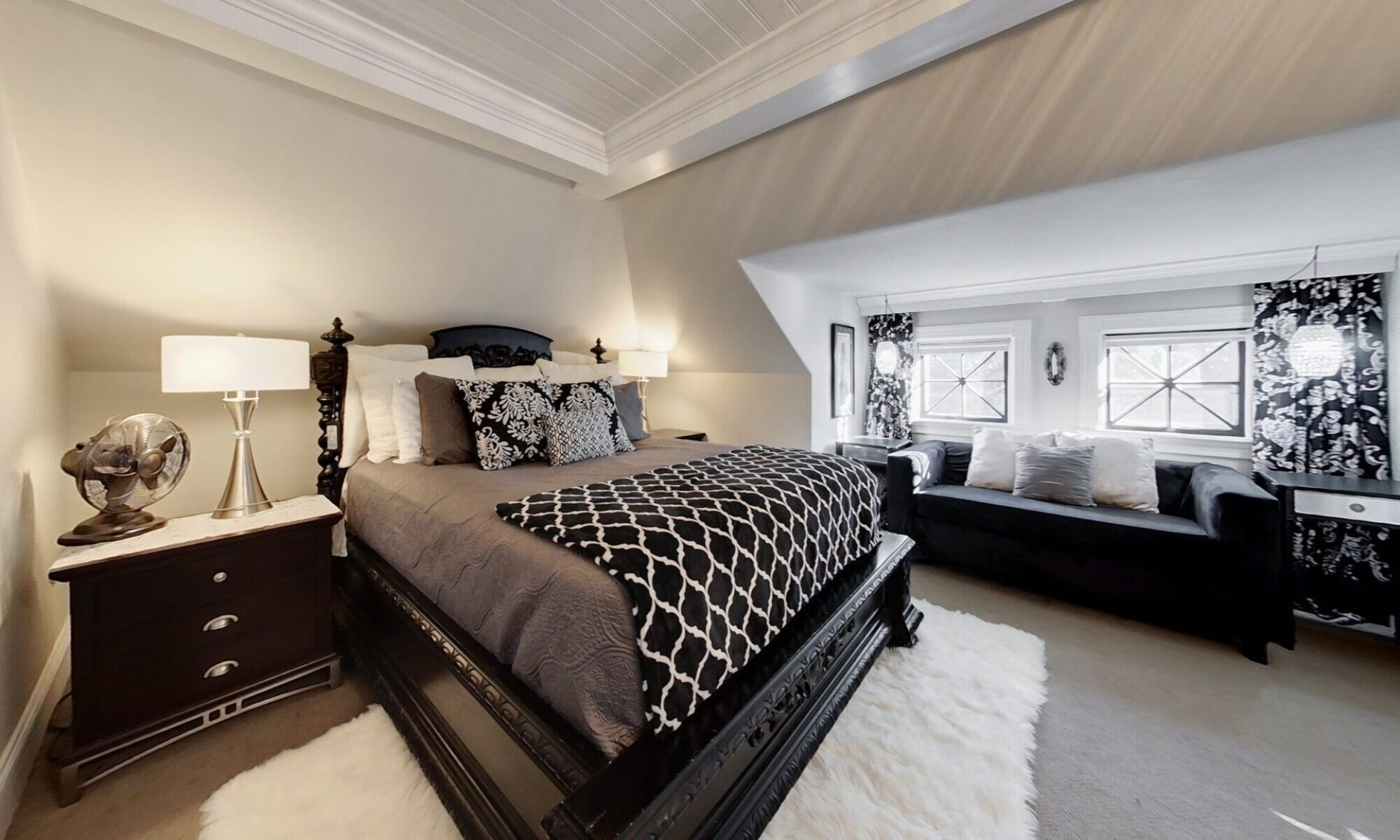Summary
Home staging is the process of making a property look more appealing and attractive to potential buyers. Home staging can include decluttering, cleaning, rearranging furniture, adding accessories, painting, and even renting furniture or artwork. Real estate agents need to ask important questions before recommending home staging to their clients, such as the cost, finding a good home stager, which rooms to stage, how to communicate with clients and manage expectations, and measuring the impact of home staging on sale price and time on the market. This article provides answers to these questions and gives tips for collaborating with the home stager and the seller to achieve the best results. Additionally, the article discusses the benefits of home staging for both the seller and buyers and some common home staging mistakes to avoid.
8. How Can I Showcase the Home Staging in my Marketing Materials and Online Listings?
Home staging is not only about making your listing look good in person, but also online. Since most buyers start their home search online, you want to make sure that your marketing materials and online listings showcase the home staging and attract buyers to schedule a showing. Here are some tips to showcase the home staging in your marketing materials and online listings:
-
- Use professional photography and videography. One of the most important tips to showcase the home staging is to use professional photography and videography to capture the beauty and appeal of your listing. Hire a professional photographer and videographer who has experience in real estate photography and videography, and who can use the right lighting, angles, and editing to make your listing look stunning. Make sure to include photos and videos of every room, especially the ones that are staged, and highlight the best features and functions of the property.
- Write a compelling description. Another tip to showcase the home staging is to write a compelling description that describes your listing and its benefits, and that matches the photos and videos. Use descriptive words and phrases that appeal to the emotions and senses of your potential buyers, and that emphasize the value and quality of the property. Mention the rooms that are staged, and how they can suit the lifestyle and needs of your potential buyers. Avoid using generic or vague terms, such as “nice” or “spacious”, and instead use specific and concrete terms, such as “elegant” or “open-concept”.
- Use social media and online platforms. A third tip to showcase the home staging is to use social media and online platforms to promote your listing and reach more buyers. You can use platforms such as Facebook, Instagram, YouTube, Zillow, Trulia, Realtor.com, or HomeLight to post your photos, videos, description, and contact information, and to generate interest and engagement. You can also use hashtags, keywords, and tags to optimize your online presence and visibility, and to target your ideal audience. You can also encourage your past clients, colleagues, friends, and family to share your posts and spread the word about your listing.
9. How Can I Collaborate With the Home Stager and the Seller to Achieve the Best Results?
Home staging is a team effort that involves collaboration between the real estate agent, the home stager, and the seller. Each party has a role and a responsibility to ensure that the home staging process goes smoothly and successfully. Here are some tips to collaborate with the home stager and the seller to achieve the best results:
-
- Communicate clearly and frequently. One of the most important tips to collaborate with the home stager and the seller is to communicate clearly and frequently throughout the home staging process. You want to make sure that everyone is on the same page, and that there are no misunderstandings or conflicts.You can use phone calls, emails, texts, or meetings to communicate with the home stager and the seller, and to update them on the progress, challenges, feedback, or changes. You can also use communication tools, such as calendars, checklists, contracts, or invoices, to keep track of the tasks, deadlines, payments, or expectations.
- Respect each other’s expertise and opinions. Another tip to collaborate with the home stager and the seller is to respect each other’s expertise and opinions. As a real estate agent, you have the knowledge and experience of the market and the buyers. A home stager has the skills and creativity of design and presentation. A home seller has the attachment and familiarity of your home. Each of you has something valuable to contribute to the home staging process, and you should listen to each other’s suggestions and feedback. However, you should also be open-minded and flexible, and be willing to compromise or adjust when necessary.
- Support each other’s goals and interests. A third tip to collaborate with the home stager and the seller is to support each other’s goals and interests. Ultimately, you all want the same thing: to sell the house faster and for more money. You should work together as a team, and not as competitors or adversaries. You should also support each other’s efforts and achievements, and not undermine or criticize each other. And, you should appreciate each other’s work and value, and not take advantage of or disrespect each other.
10. What Are Some Common Home Staging Mistakes to Avoid?
Home staging can be a powerful tool to sell your home, but it can also backfire if done poorly or incorrectly. Here are some common home staging mistakes to avoid:
-
- Overstaging or understaging. Overstaging is when you stage your listing too much or too elaborately, and make it look unrealistic, cluttered, or distracting. Understaging is when you stage your listing too little or too blandly, and make it look empty, boring, or uninviting. The key is to find the right balance between staging the property enough to make it look appealing and inviting, but not so much that it overwhelms or detracts from the house itself.
- Ignoring the curb appeal. The curb appeal is the first impression that potential buyers get of your listing, and it can make or break their interest in seeing more. Don’t ignore the curb appeal of your listing, and make sure it looks well-maintained, clean, and welcoming. You can improve the curb appeal of the property by mowing the lawn, trimming the bushes, weeding the garden, painting the front door, replacing the mailbox, adding some plants or flowers, or hanging a wreath or a welcome sign.
- Neglecting the details. The details can make a big difference in how your listing looks and feels to potential buyers. Don’t neglect the details of your listings, and make sure they are clean, functional, and attractive. You can pay attention to the details of your listing by cleaning the windows, polishing the hardware, fixing any leaks or squeaks, replacing any burned-out light bulbs, adding some fresh towels or linens, or lighting some candles or a diffuser.
Conclusion
Home staging is a proven way to sell your home faster and for more money. By following these tips and answers, you can make your home staging projects a success, and impress potential buyers with your listings. If you need more help or advice on home staging, contact a home stager in your area who can provide you with more guidance and resources. Happy selling!

